Maison Beurdeley
A Louis XVI Style Three Graces Spherical Clock
£28,000
A Louis XVI Style Gilt and Patinated Bronze and Marble Three Graces Spherical Clock. By Emmanuel-Alfred (Dit Alfred II) Beurdeley. Modelled in bronze...
Dimensions
Height: 71 cm (28 in)Width: 21 cm (9 in)
Depth: 27 cm (11 in)
Description
A Louis XVI Style Gilt and Patinated Bronze and Marble Three Graces Spherical Clock. By Emmanuel-Alfred (Dit Alfred II) Beurdeley.
Modelled in bronze with the Three Graces holding flower chains and aloft a sphere surmounted by a cloudborne figure of cupid. The revolving circular white enamel dial with Arabic numerals and fleur-de-lis between. The tripartite green marble base with acanthus gilt-bronze frieze mounts. On toupie feet.
Stamped ‘BY’ for Beurdely and ‘P20’.
France, Circa 1880.
The Louis XVI antecedent of this model is not known but it was popularly produced in the nineteenth century by different Parisien makers. An example with gilded bronze figures is in the Violet Room at the Château de Chantilly and described as dating to Circa 1775. However Camille Mestdagh has identified that the clock was delivered by Beurdeley to the Duc d’Aumale for his château of Chantilly.
The design can be credited to the sculptor Claude Michel Clodion (1738 –1814) with comparison to a related figural clock known as ‘The Dance of Time’ which has three nymphs supporting a glass sphere. This clock has also been compared to the Three Graces clock designed by the fondeur François Vion, a drawing of which is reproduced in an album of designs now conserved in the Bibliothèque Doucet, Paris (VI E 15, Rés.fol.20/1). Described as ‘Le temps qui passe entre l’amour et les Grâces’, an example can be seen at the château de Fontainebleau (Inv.F918 C).
Date
Circa 1880
Origin
France
Medium
Marble, Gilt & Patinated Bronze
Signature
Stamped ‘BY’ for Beurdely and ‘P20’.
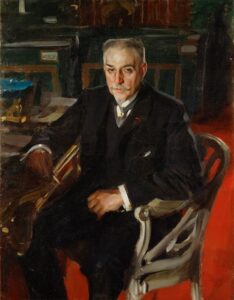
Emmanuel-Alfred (dit Alfred II) Beurdeley (1847-1919)
The Beurdeley family were a flourishing dynasty of three generations of fine quality cabinetmakers working from 1818 to 1895. The firm was particularly well known for its exceptional metalwork, most commonly basing their designs on important eighteenth century examples. Their mercurial gilding and hand chasing are often of such a high standard that it is difficult to distinguish them from late eighteenth century work.
The founder of the dynasty Jean Beurdeley (1772-1853) was a Burgundian craftsman conscripted into the Napoleonic army. After hostilities ended in 1815 he settled in Paris opening a shop for curiosités and working as a latter day marchand mercier. Initially based on the rue Saint-Honoré, in 1840 Beurdeley moved to the famous Hanover Pavilion situated on the corner of rue Louis-Legrand and boulevard des Italiens, and the business was run by his only surviving son, Louis-Auguste-Alfred (1808-1882). This successful business, which had numerous official commissions including in 1853 the marriage coffer for the Empress Eugénie, was continued by Louis’ son, Alfred-Emmanuel-Louis (1847-1919).
The business continued in its traditional style with very few variations until 1895. Alfred, along with the most famous artists of the period, took part in the 1878 Paris Exposition Universelle where he won the gold medal. Following on from this glory, he went on to open a shop in New York.
His participation in the 1883 Amsterdam Universal Exhibition drew even further attention to his work, and possibly as a result he was awarded the Ordre National de la Légion d’Honneur, France’s highest official mark of recognition.
The incredible quality of each generation’s work ranked the firm of Beurdeley as pre-eminent amongst Parisian makers of meubles de luxe.
Bibliography:
Ledoux – Lebard, Denise. Les Ébénistes du XIXe siècle, Les Editions de L’Amateur, (Paris), 1984; pp. 75-82.
Mestdagh, Camille & Lécoules, Pierre. L’Ameublement d’Art Français, 1850-1900, Les Editions de L’Amateur, (Paris), 2010; pp.262-276.
Meyer, Jonathan. Great Exhibitions – London, New York, Paris, Philadelphia, 1851-1900, Antique Collectors’ Club, (Woodbridge, UK), 1984 ; pps. 175, 247, 269, 270, 290, 298.
Collection Pierre Lécoules, Paris.
Camille Mestdagh, L’Ameublement d’art français 1850-1900, Les éditions de l’Amateur,Paris, 2010, page 90 (fig. 82).
YOU MAY ALSO LIKE
-
£68,000 Add to cart
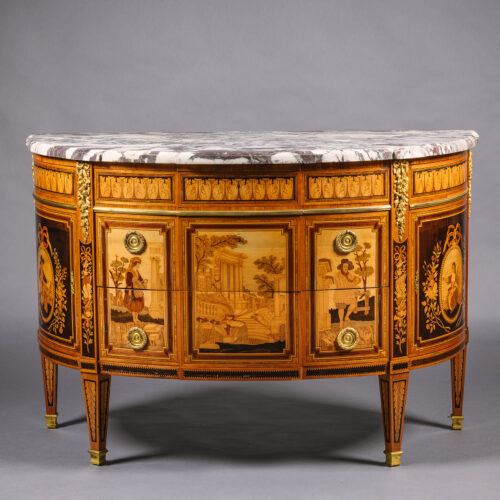
Paul Sormani
An Important Louis XVI Style Marquetry Inlaid Marble-Top Commode
-
£34,000 Add to cart
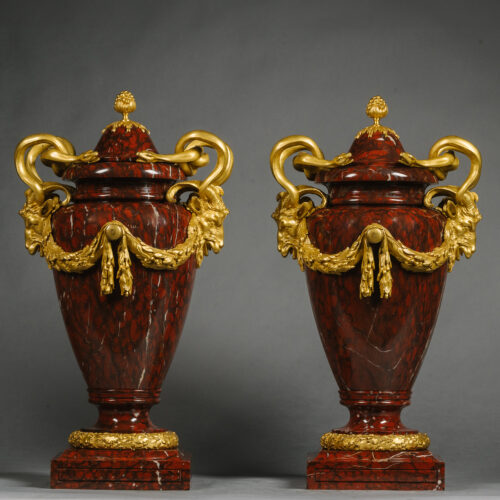
A Pair of Large Louis XVI Style Gilt-Bronze Mounted Rouge Griotte Vases and Covers
-
£78,000 Add to cart
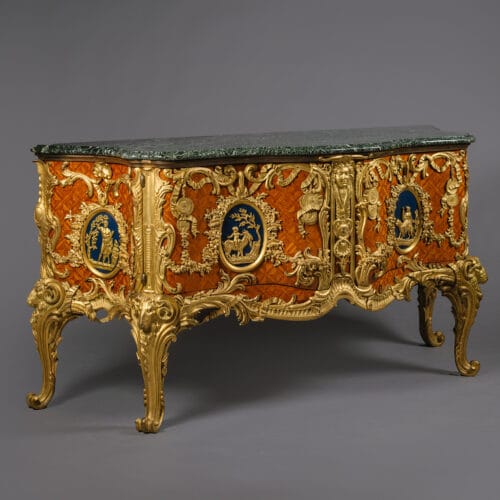
After Antoine Gaudreaux
A Magnificent Gilt-Bronze Mounted Parquetry Commode, After Antoine Gaudreaux’s ‘Commode Médallier’
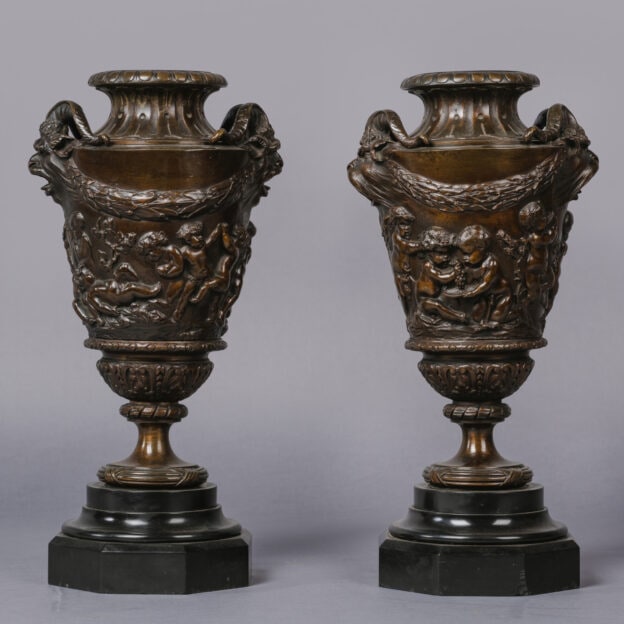




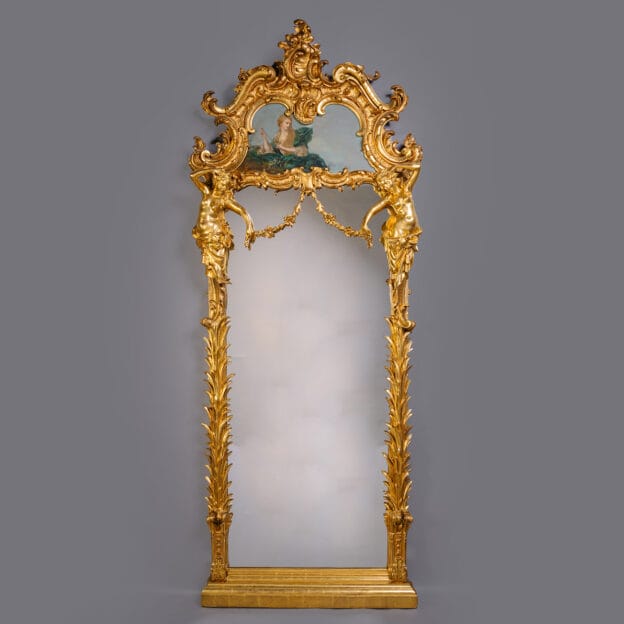
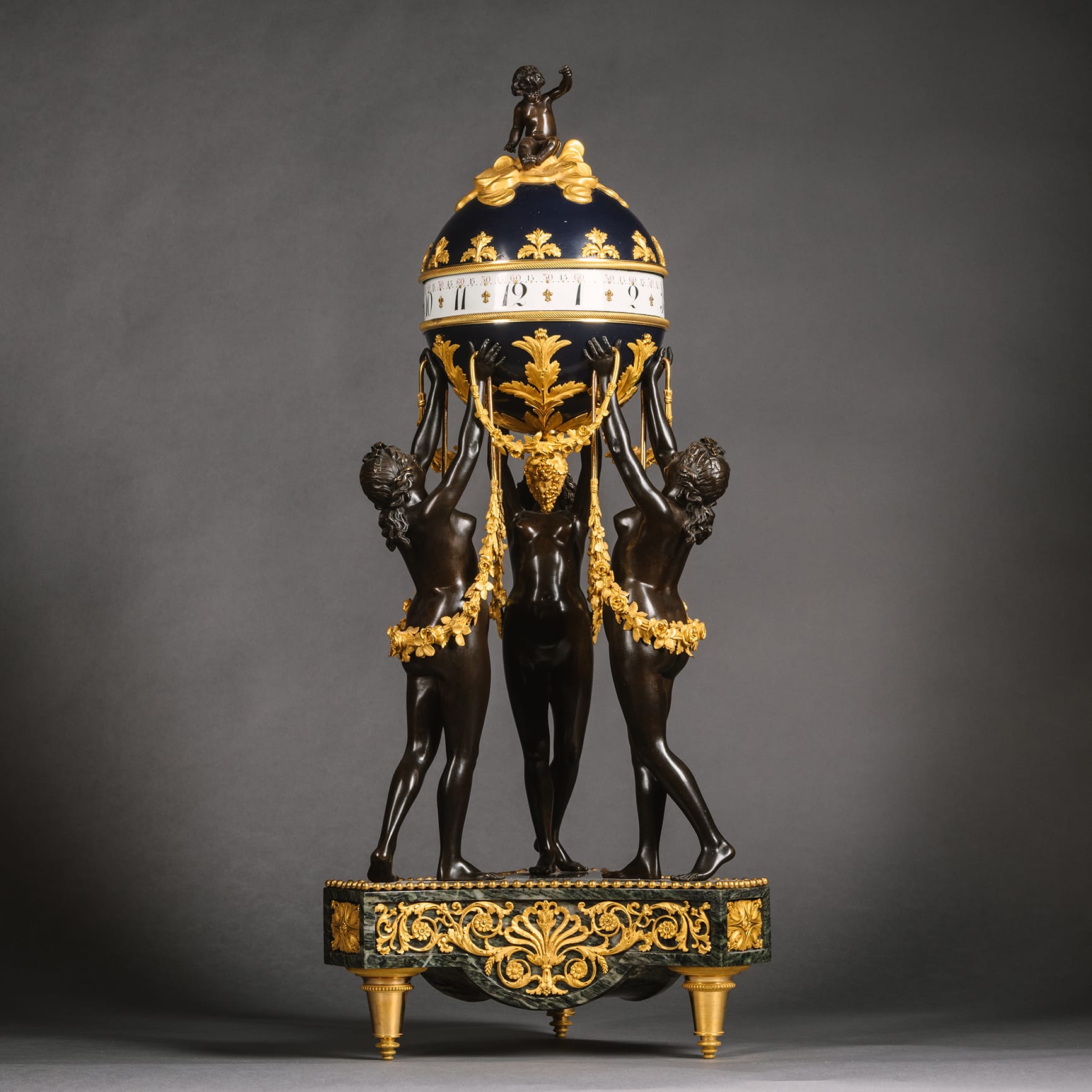
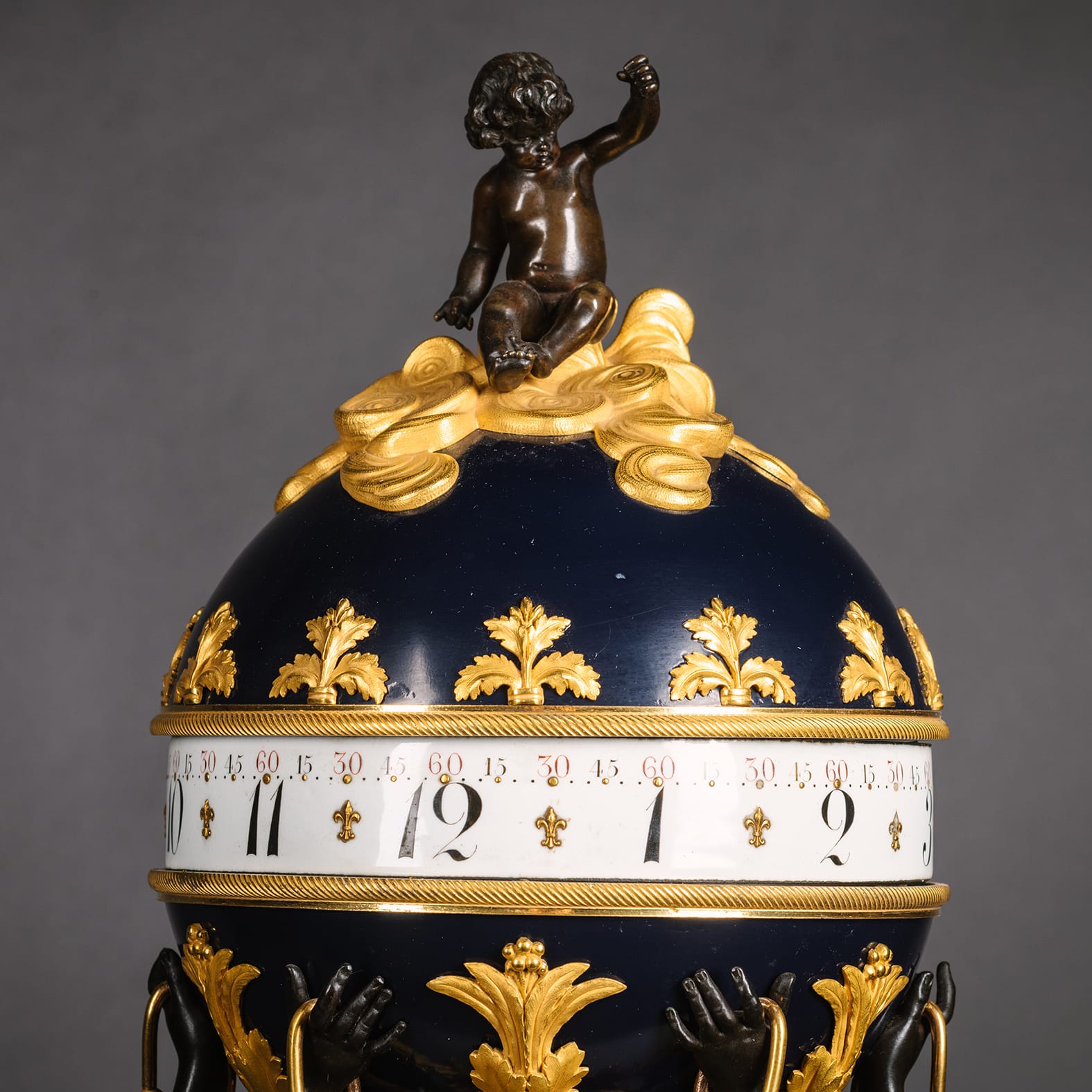
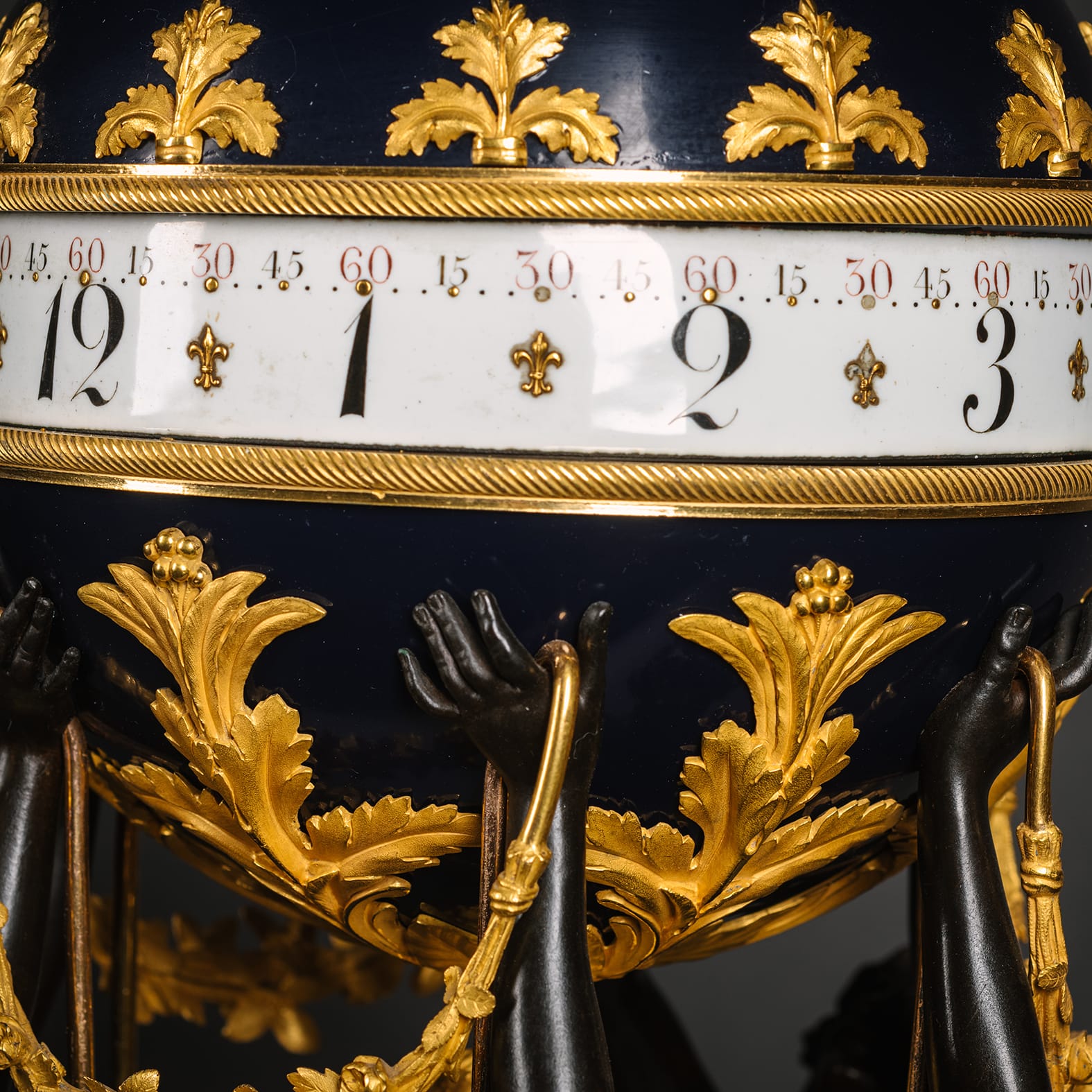
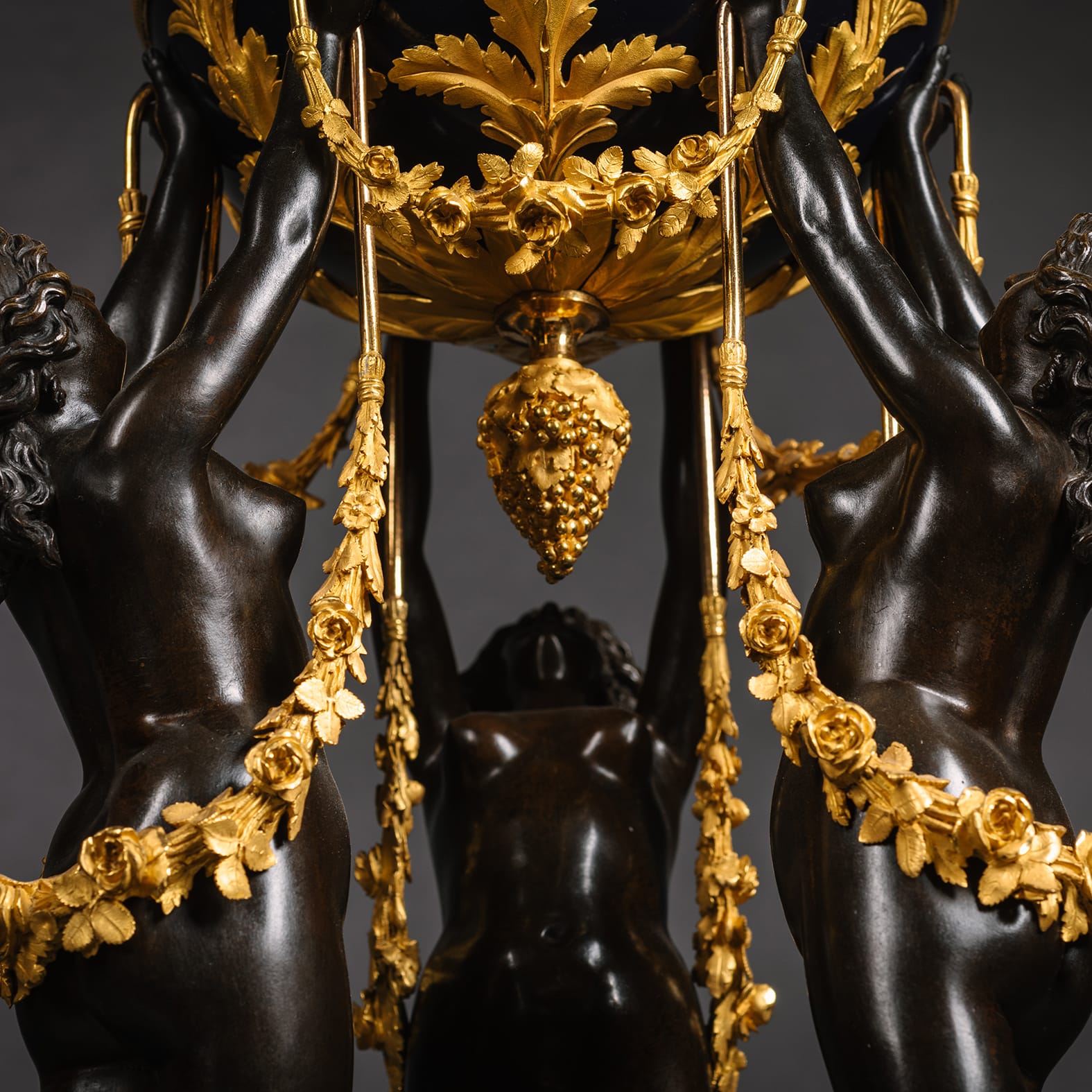
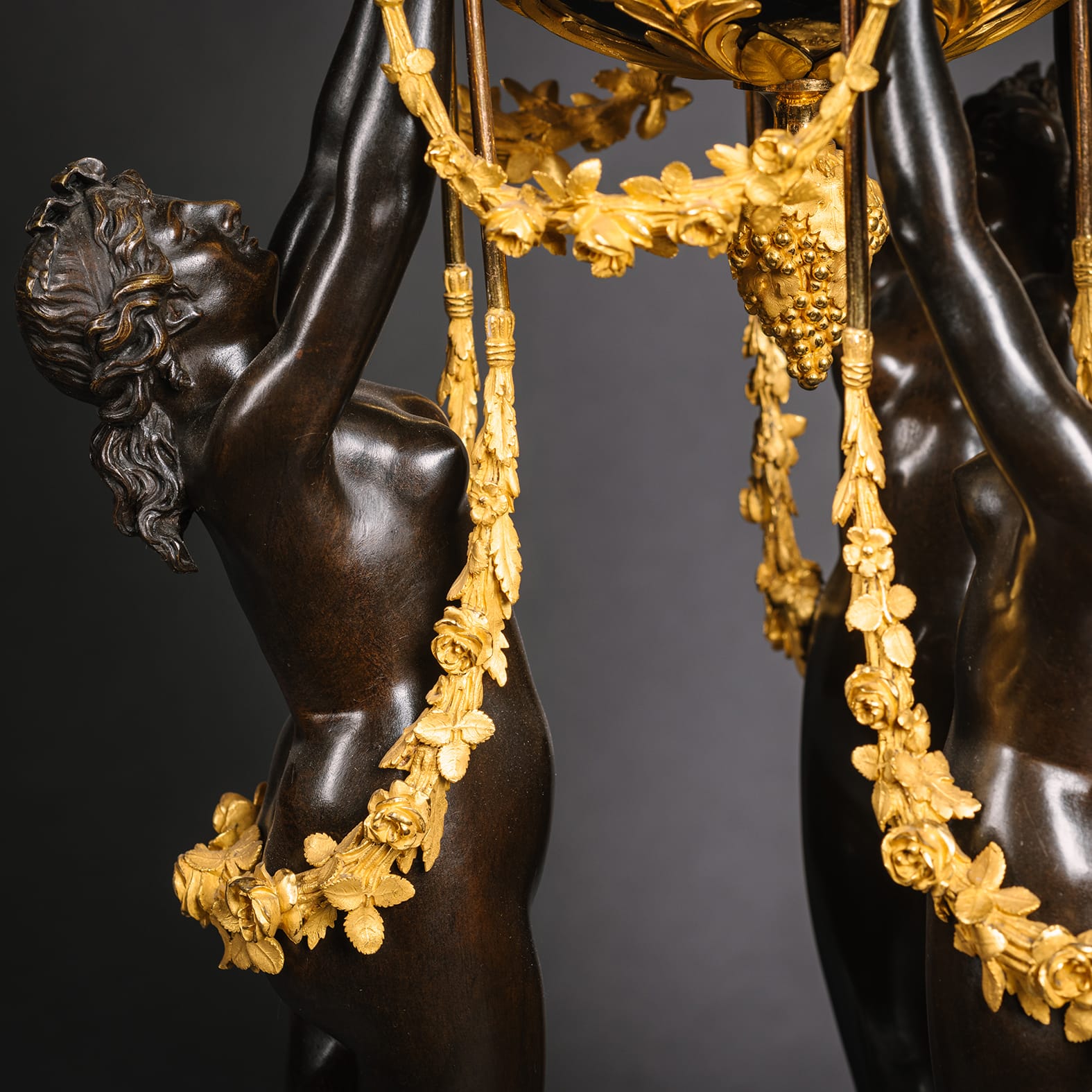
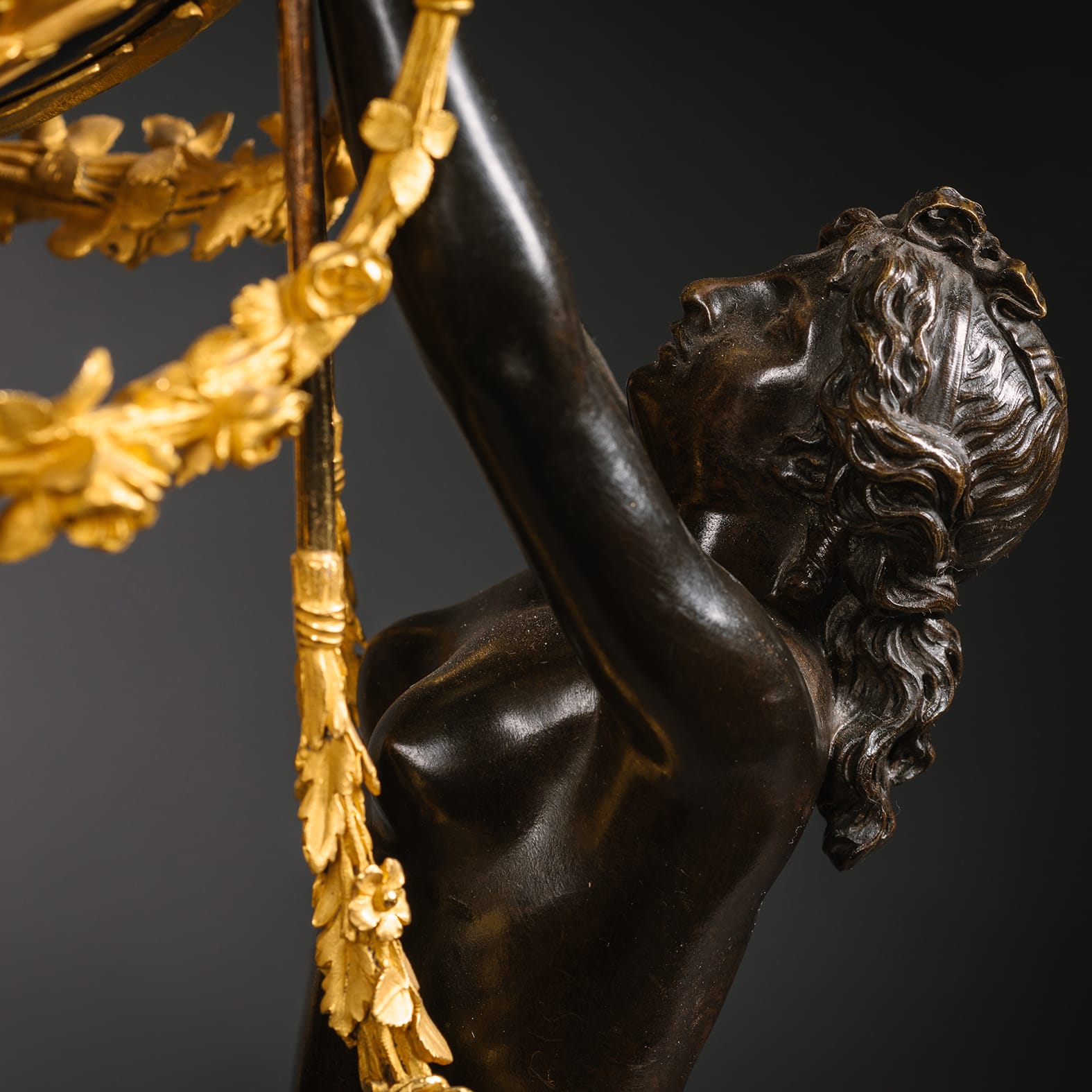
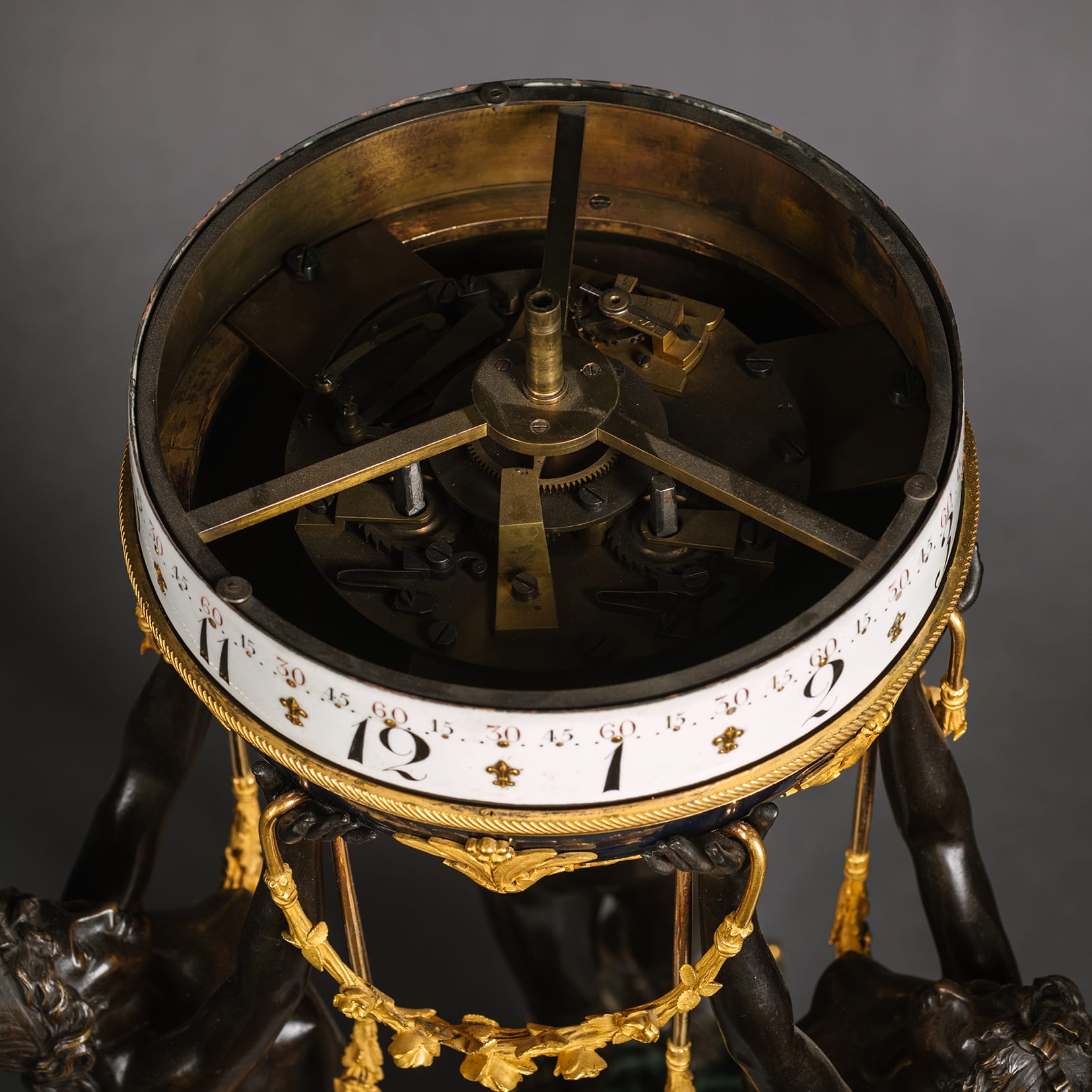
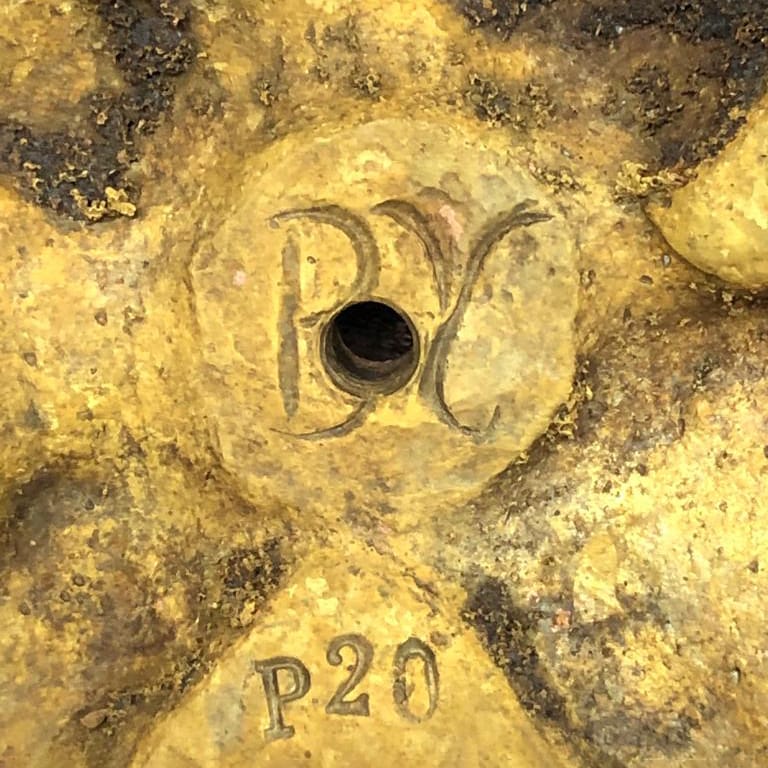
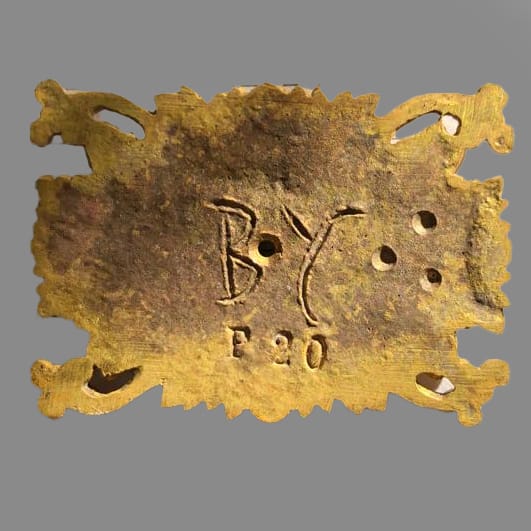

 Print
Print